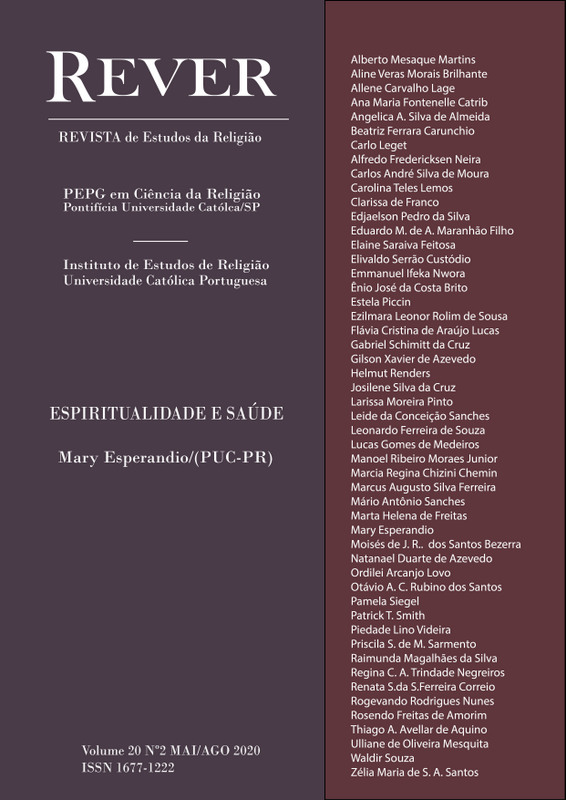The absence of the samsāra wheel in the Buddhist visual culture of Gandhara
DOI:
https://doi.org/10.23925/1677-1222.2020vol20i2a20Keywords:
Religious languages, Religious visual culture, Buddhism, Samsāra Wheel, GandharaAbstract
This article investigates and discusses the absence of representations of the Wheel of Samsāra in the Gandhara Indo-Greek Buddhist visual culture of the 3rd to 7th centuries. The aim is to understand and explain this visual silence in the face of the fact that the respective textual narratives were not only known in the geographic region, but were originally written there, and that this visual representation is very popular in other regions to explain fundamental Buddhist teachings. The methodology was a bibliographic study of the chronology and geographical locations of production and dissemination of textual narratives, taking into account the parallelism between textual and visual narratives. We had as main theoretical foundation the works of Aldrovandi, Behrendt, Tanweer, Teiser and Zin, and we came to the result that it is likely that such paintings existed but were lost.
Downloads
Published
How to Cite
Issue
Section
License
Authors who publish in this journal agree with the following terms:- Authors retain copyright, but grant the journal the right of first publication, with the work simultaneously licensed under the Creative Commons BY-NC License.
- Authors are authorized to assume additional contracts separately, for non-exclusive distribution of the work published in this journal (e.g., publishing in an institutional repository or as a book chapter), as long as with acknowledgment of authorship and first publication in this journal.


